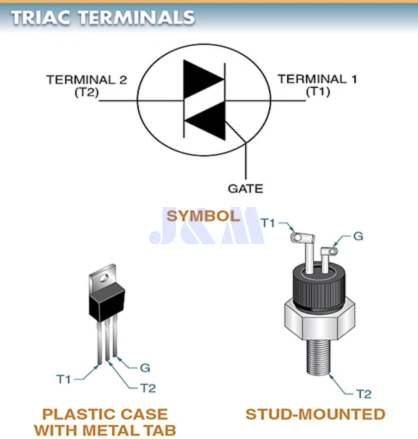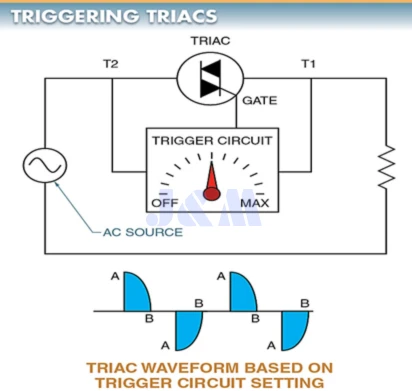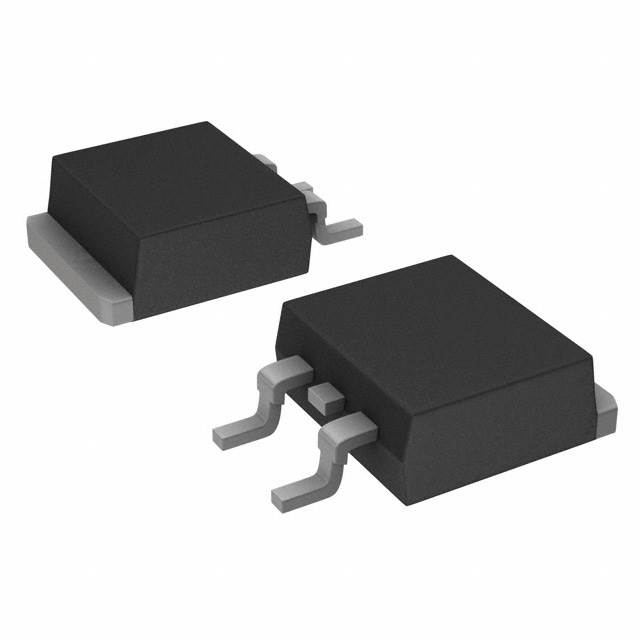Categories
- TRIACs(71)
- 1
- 2
- 3
- 4
What is a TRIAC?
A TRIAC is a bidirectional AC switch with three electrodes, allowing current to flow in both directions. It functions similarly to two SCRs connected in reverse parallel, with their gates linked together.
A TRIAC can be triggered into conduction in either direction by a gate signal, much like an SCR. They were developed to enhance AC power control systems.
TRIACs come in various package types and can handle a wide range of currents and voltages. However, they typically have lower current ratings compared to SCRs, usually under 50 A, making them unsuitable for high-current applications.
TRIACs are versatile due to their ability to operate with both positive and negative voltages across their terminals. In contrast, SCRs can only be conducted in one direction, making TRIACs a better choice for controlling low power in AC circuits.

TRIAC Triggering Circuit and its Advantages
TRIACs prevent current flow in both directions between T1 and T2. They can be activated for conduction in either direction by a brief positive or negative pulse applied to the gate.
When the correct signal is sent to the TRIAC gate, it allows electricity to flow. The TRIAC stays off until it is triggered at point A.

At point A, the trigger circuit sends a pulse to the gate, activating the TRIAC and allowing current to flow.
At point B, when the forward current drops to zero, the TRIAC turns off.
The trigger circuit can be designed to generate pulses at any point during the positive or negative half-cycle, allowing the average current supplied to the load to vary.
One advantage of the TRIAC is its efficiency, as it wastes almost no power as heat. Heat is generated only when the current is impeded, not when the current is switched off. The TRIAC operates either fully ON or fully OFF, never partially limiting the current.
Another important feature of the TRIAC is that it does not experience a reverse breakdown condition under high voltages and currents, unlike diodes and SCRs.
If the voltage across the TRIAC exceeds a certain threshold, it turns on and can handle a substantial current once activated.














